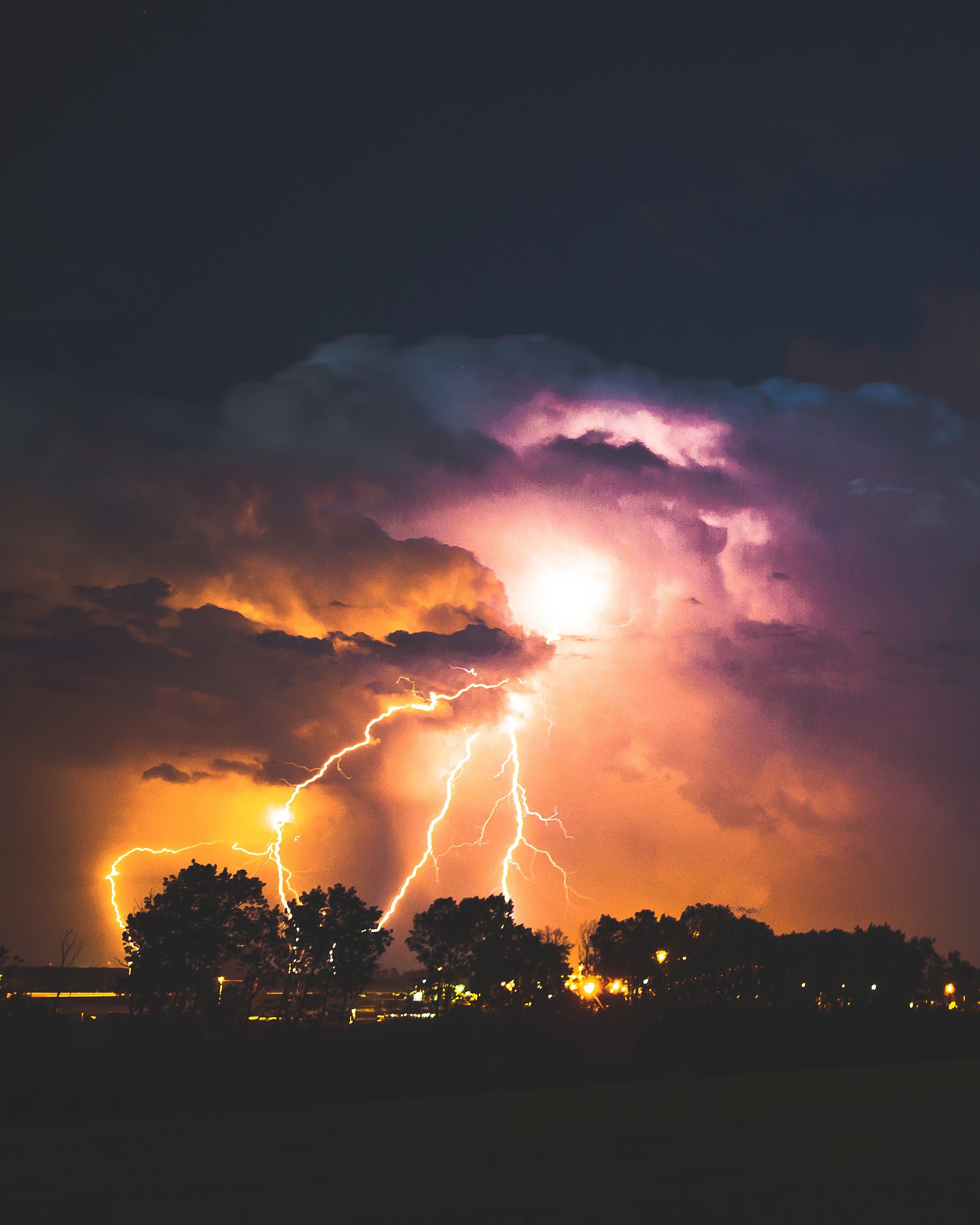EXPLORATION: Weather and Climate
1. Introduction
Meteorology is the study of weather. Weather is caused by the movement or transfer of energy. Energy is transferred wherever there is a temperature difference between two objects. Many weather phenomena result from a transfer of energy that occurs via the movement of air in the atmosphere. This is known as convection.

Air contains water vapour from the evaporation of liquid water sources on the Earth's surface, including oceans, lakes and rivers, and from evapotranspiration by plants. When air is moved about the Earth, either vertically when uplifted or horizontally as part of air masses, it may cool and release water vapour as condensation in the form of clouds and eventually rain and other forms of precipitation, which is returned to Earth. This cycle of evaporation, condensation and precipitation between the Earth and the atmosphere is known as the water cycle.
The physical transfer of heat and moisture by convective processes is the basis for the formation of many meteorological patterns and features, including anticyclones, depressions, fronts, monsoons, thunderstorms, hurricanes and tornadoes. Heat however, may also radiate directly from a hot object to a colder one, without involving the movement of air. Many small-scale weather phenomena are the result of this form of heat transfer, including dew, frost and fog.
Weather can be simply measured by observing and recording temperature, rainfall, pressure, humidity, sunshine, wind and cloudiness. It is also possible to identify and name different types of clouds, which are associated with different patterns of weather. Commonly observed cloud types include cirrus, cumulus, cumulonimbus and stratus.
Weather averages measured over longer periods of time, about 30 years or more, is referred to as climate. Often, these terms are confused, as they measure the same phenomena. However, we have to be very careful in making it clear if we are referring to weather which is fast-changing - such as if it will rain over the next few days - or climate, which is a predictable pattern of conditions over decades or centuries.
Text on this page from Enviropedia UK